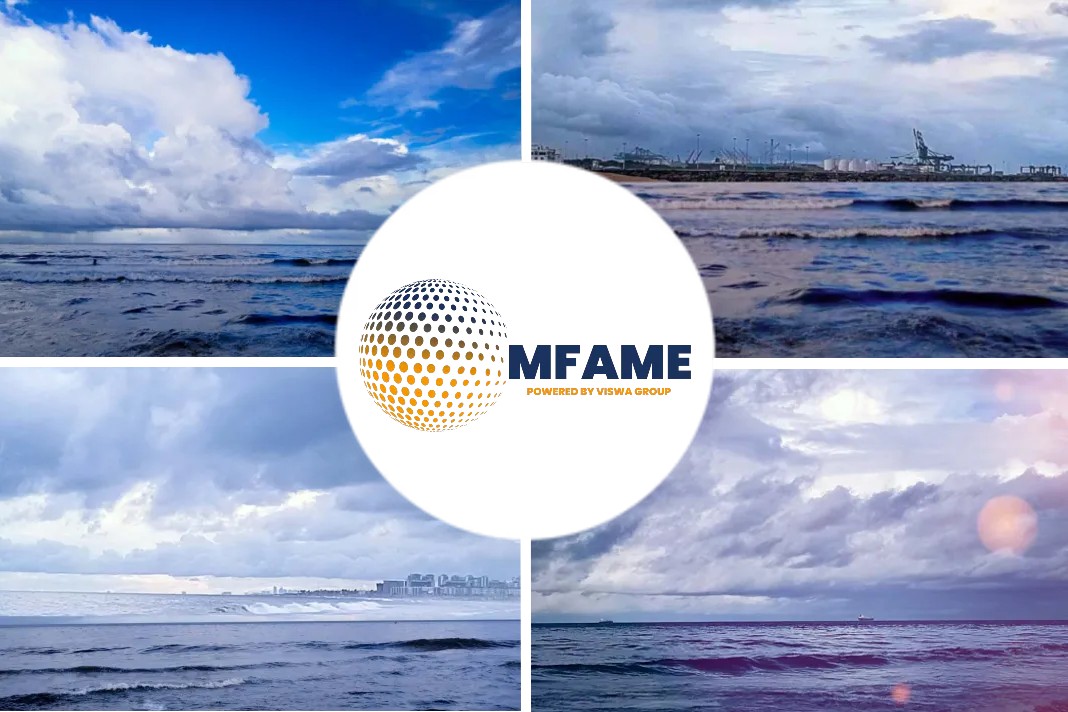
Weather routing tech improves, but vessels still need the human touch, states a Loadstar news article.
Weather-related technology reduces ship emissions
Weather-related technology is helping reduce ship emissions by suggesting clearer routes, saving on fuel, but complacency in the face of advanced tech is likely to lead to lost cargo or even ships, if the human touch is left ‘out of the loop’, say experts.
Jesse Vecchione, meteorologist and Weathernews International (WNI) head of sales and marketing, Americas, said that without human intervention in weather routing software, and with an over-reliance on AI, he anticipates a repeat of the 2015 El Faro tragedy, which claimed 33 lives.
Insane results
He criticised some start-up tech that issues recommendations without human intervention, which had led to “insane results”, he explained.
He said companies had been saying their apps were so good, they don’t need “a person who is going to have a dialogue with the captain”. He claimed to have seen examples of routes sent directly to captains.
In one, a route suggestion would have taken the ship through dense fields of floating icebergs.
“You would never take a vessel to the south coast of Greenland… it does not make any logistical sense,” he said. “It was a shock to see this.”
Accurate weather predictions are becoming increasingly important for BCOs, as well as ship operators, with increasing incidents of vessels losing cargo overboard in heavy weather. But the biggest risk is to crews, as pressure mounts to make operational changes to reduce fuel consumption. It is likely to be a deadly combination, Mr Vecchione explained.
“My fear is that in the next five years, there is going to be a cathartic event – similar to El Faro – that happens because a company is offering an automated weather solution, but there is no actual trained person watching the routes. I really don’t want this to happen, but I think it will. Lots of settlements, lots of embarrassment.”
The factors behind the El Faro tragedy
El Faro sank with all hands after sailing headlong into Hurricane Joachim. The tragedy involved a confluence of many factors, including the poor condition of the vessel, but chief among them was Capt Michael Davidson’s sole reliance on weather technology data for navigation.
The app which Captain Davidson was using on his phone sent him a weather report which relied on National Oceanic and Atmospheric Administration hurricane data more than 12 hours out of date.
Mr Vecchione said: “No meteorologist looks at a prediction and thinks ‘that’s correct’. After three to five days, the accuracy of any forecast goes down by 70%.”
WNI’s own plans involve a new service which assures the accuracy of a vessel’s ETA, with promises of a payout if it is not.
Did you subscribe to our Newsletter?
It’s Free! Click here to Subscribe!
Source: The Loadstar























